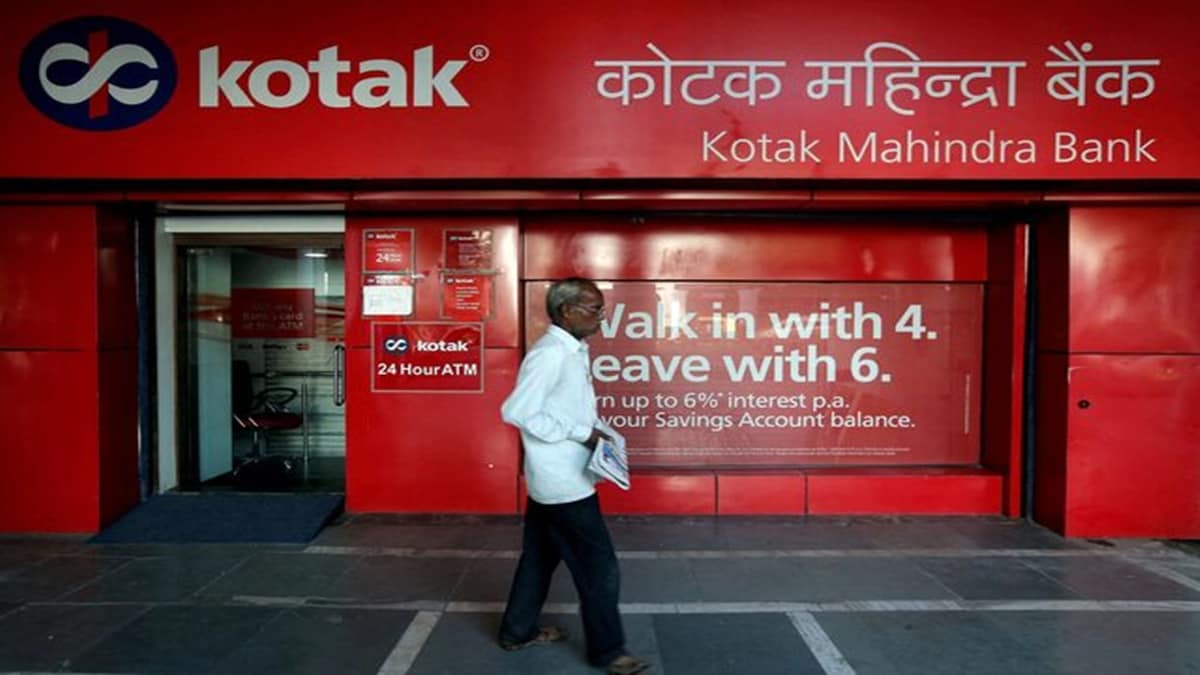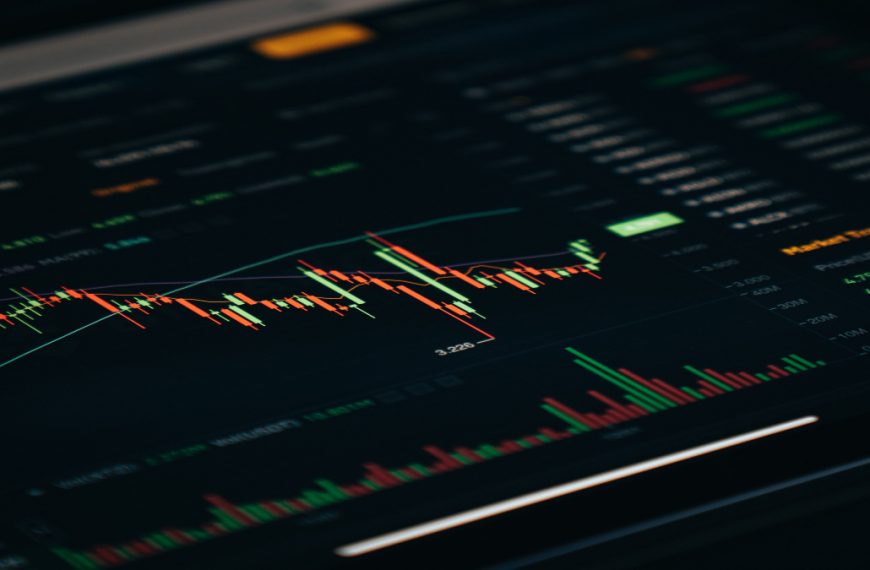Kotak Mahindra Bank (KMB) stands as a prominent player in India’s private banking sector, renowned for its impressive asset quality, particularly during challenging financial times. Despite its diverse business operations, including broking, life insurance, and asset management, the bank’s core banking operations account for a substantial 85% of its profits.
Performance on Dalal Street: A Mixed Bag
While KMB has demonstrated resilience, its stock performance on the Dalal Street hasn’t matched the market expectations. Over the past five years, the bank’s share price has yielded a modest 19% return, lagging significantly behind the Nifty Bank index, which boasts a 68% return. This discrepancy raises questions about KMB’s valuation and performance in an environment where many banks are thriving.
Factors Behind Underperformance
Several factors contribute to this underwhelming performance. Firstly, KMB’s valuation has often been seen as ahead of its time, making it less appealing to investors. Moreover, the Reserve Bank of India (RBI) had previously restricted KMB from issuing credit cards and expanding its customer base online, although these constraints have since been lifted.
Analyzing KMB’s Financial Position
So, what does the current financial landscape look like for Kotak Mahindra Bank? Let’s break it down.
Strong Loan Portfolio Focused on Consumer Credit
KMB has cultivated a robust loan portfolio, achieving a remarkable 15% CAGR over the last five years, amassing a total of ₹4.3 trillion in FY24. This growth is driven predominantly by:
- 20% increase in secured consumer loans
- 20% growth in commercial loans
- 21% rise in corporate banking
- 18% uptick in SME lending
The diversity of KMB’s advances is noteworthy, with 45% attributed to consumer loans, followed by commercial, corporate, and SME sectors. Additionally, 77% of KMB’s loan book consists of secured loans, showcasing a cautious approach to lending.
Expanding Market Presence
To bolster its position in the retail credit market, KMB has recently acquired Standard Chartered Bank’s personal loan portfolio valued at ₹41 billion. While this acquisition is relatively small, representing just 1% of Kotak’s total advances, it opens doors for cross-selling to approximately 95,000 affluent new customers.
Steady Deposit Growth Amid Challenges
KMB’s deposits have also shown resilience, with a 14% CAGR over the past five years, reaching ₹4.5 trillion in FY24. This figure marks a 24% increase from the previous year, outpacing the overall banking sector’s growth of about 13%. However, the bank has faced challenges in attracting low-cost CASA (Current Account Savings Account) deposits, which currently stand at ₹2.04 trillion.
- CASA deposits growth: 8% CAGR over the past five years
- CASA ratio has declined from 60.4% in FY21 to 45.5% in FY24
Addressing the CASA Decline
The decrease in the CASA ratio has increased KMB’s cost of funds, prompting the bank to pursue higher rates to attract deposits. As a result, the bank raised its savings account rates by 0.29% to 4.13%. Additionally, its term deposits surged to ₹2.2 trillion, reflecting a 35% YoY growth, spurred by the Kotak ActiveMoney TD sweep facility.
Net Interest Income and Margins
KMB’s net interest income (NII) has expanded at an impressive 18% CAGR, amounting to ₹337 billion during FY20-24. However, the bank’s net interest margin (NIM) has slightly decreased to 5.31%, influenced by higher funding costs and a shift toward lower-yielding loans.
Maintaining Asset Quality
KMB continues to showcase strong asset quality, with gross non-performing assets (NPA) at 1.39% and net NPA at 0.34%, both improvements from the previous year. The bank’s proactive stance in identifying risks has been instrumental in maintaining its pristine asset quality.
Future Outlook and Valuation
Looking forward, KMB’s valuation is currently at a price-to-book (PB) ratio of 2.9, which is significantly lower than its 10-year median of 4.5. Comparatively, it is in line with HDFC Bank but trades at a discount to ICICI Bank due to the latter’s stronger performance.
Conclusion: What Lies Ahead for KMB?
With a solid foundation and a cautious yet strategic approach to growth, KMB is well-positioned to capitalize on the evolving credit landscape in India. Analysts suggest KMB’s current valuation might offer a potential upside, with HDFC Securities projecting a target price of ₹2,040, indicating a 5% upside from its current levels.
As the Indian economy progresses, KMB is likely to benefit from rising credit demand, making it an intriguing option for investors looking to navigate the banking sector’s dynamics.
Note: The information provided in this article is for educational purposes only and should not be construed as investment advice.










